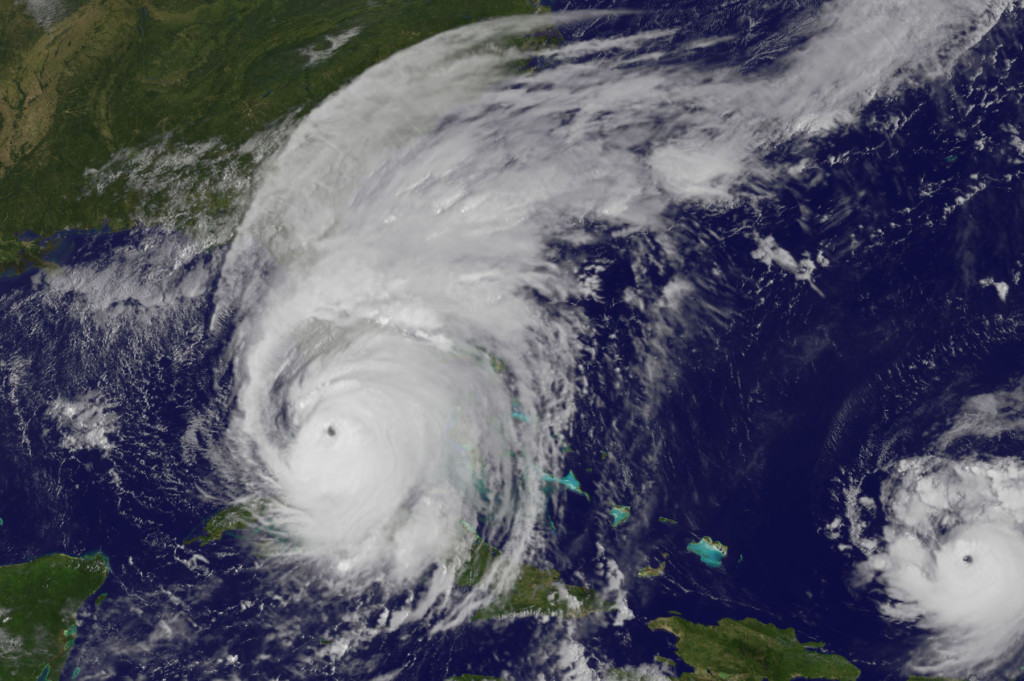
This week, Hurricane Irma cut a wide swath of destruction across the Florida peninsula. The ensuing mayhem blocked roads, tore down power lines and damaged homes from the Keys to the Big Bend.
As an outlet focused on the new definition of public education, we’d like to take a moment to recognize an institution that helped protect Floridians from the storm: Traditional public schools.
Media across the country helped document schools across the state that helped shelter residents. Some private faith-based schools certainly helped. But the vast majority of people seeking refuge wound up in traditional public schools.
And few people outside Florida appreciate just how critical they are to emergency planning in this state. In Pinellas County where we’re based, school district facilities account for 32 of 34 potential hurricane shelters.
Our county is hardly unique. In January, the state Legislature’s research arm released a study of public school facilities. It noted public schools provide 97 percent of Florida’s emergency shelter space. State law requires districts to build new public schools to function as hurricane shelters. Their structures have to be strong enough to withstand a major storm. They need to be able to provide drinking water and electricity if parts of the public infrastructure get knocked out.
This bears directly on topics we regularly cover, like funding equity. Districts report that meeting these requirements raises their construction costs between 3 percent and 7 percent. Private and charter schools don’t bear these same costs. As districts continue to battle a new law intended to make funding fairer for charters, that’s worth keeping in mind.
Districts and some key lawmakers have called for changes that would give them more of the construction flexibility charter schools enjoy. The January report by the Legislature’s Office of Program Policy Analysis and Government Accountability suggests some modifications with potential cost savings. But it also makes clear that new public schools will continue to provide much-needed shelter space, especially in fast-growing Southwest and Central Florida.
Now that the storm has passed, some districts will take longer than others to rebuild. Schools in especially storm-ravaged Monroe County, which includes the Keys, are closed until further notice. In neighboring Miami-Dade County, Superintendent Alberto Carvalho has offered to take in Monroe’s 13,000 displaced students. He told his local CBS affiliate that schools in South Dade have room.
In times of crisis, systems matter. As the definition of public education broadens to include more education providers that aren’t run by traditional school districts, it’s worth remembering the vital systemic role districts continue to play. We saw powerful reminders this week.



[…] Florida helped staff shelters and coordinate relief in the wake of Hurricane Irma. School districts rose to the occasion. Charter schools played a role, […]